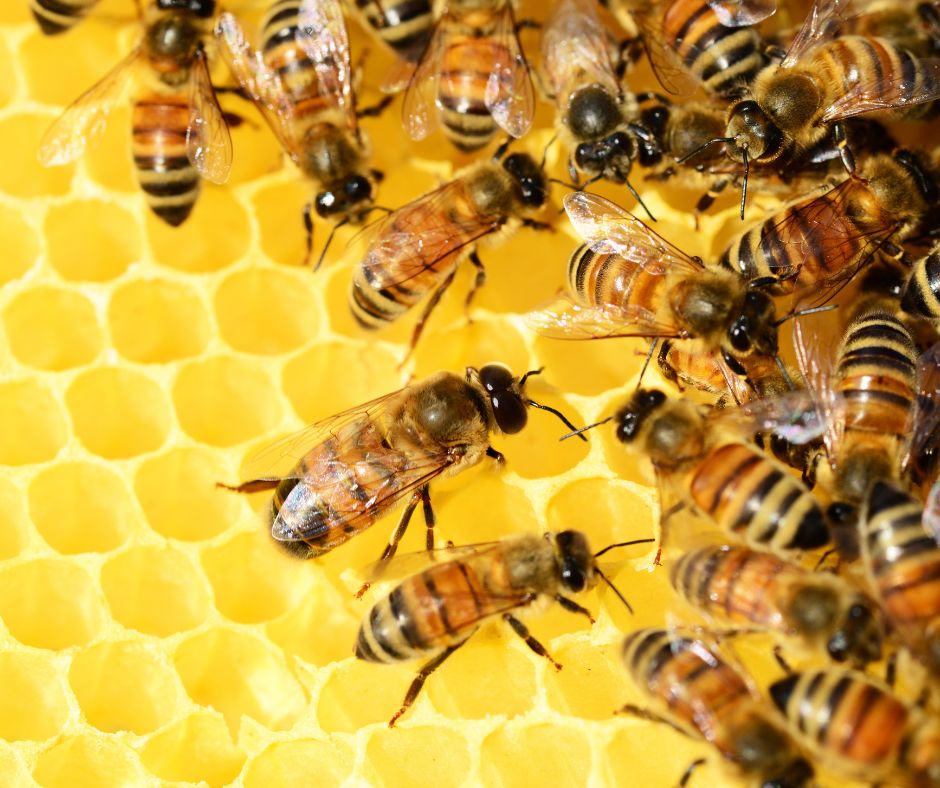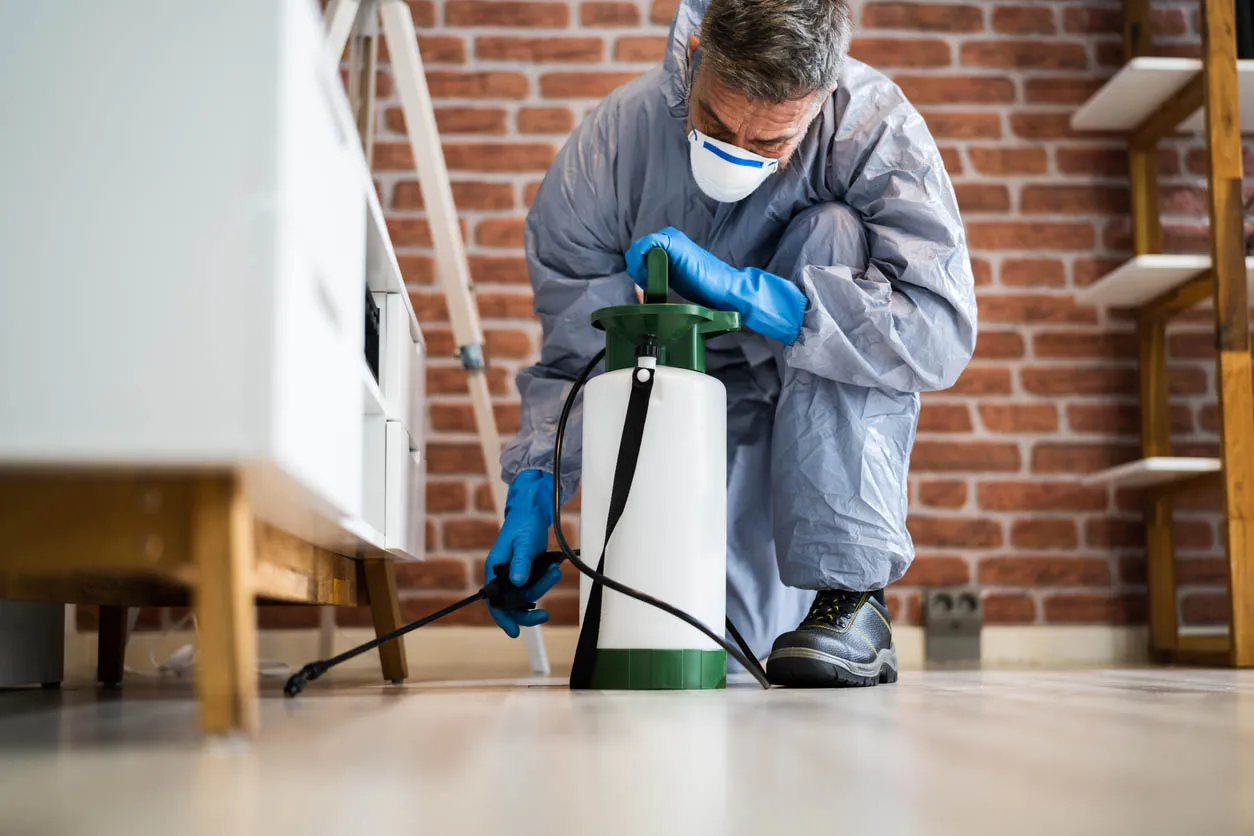Trusted Commercial Pest Control Service in Port Charlotte
Trusted Commercial Pest Control Service in Port Charlotte
Blog Article
Comprehensive Guide to Comprehending Pest Control Approaches and Their Therapy
Recognizing insect control approaches is vital for efficient administration of unwanted organisms that position risks to wellness, agriculture, and building. What variables should be taken into consideration when choosing the suitable pest control approach for a particular scenario?
Review of Bug Control Techniques
Insect control techniques encompass a selection of techniques designed to manage and eliminate undesirable organisms that can damage human health and wellness, agriculture, and residential or commercial property. Reliable insect monitoring is vital for keeping the honesty of communities and ensuring the safety and security of food materials. These techniques can be broadly classified into 3 primary strategies: cultural, mechanical, and biological controls.

Cultural control involves modifying farming practices or environmental problems to reduce pest establishment and recreation. Mechanical control counts on physical obstacles or devices to avoid insect gain access to or directly remove them.
Biological control uses natural predators, bloodsuckers, or microorganisms to manage pest populations. This approach stresses eco-friendly balance and can include introducing useful insects, such as ladybugs or predatory nematodes, to take care of parasite visibility.
Integrated bug administration (IPM) integrates these methods, making use of a holistic method that emphasizes avoidance, tracking, and liable administration. By employing a mix of these techniques, insect control can be more sustainable and reliable, lessening reliance on chemical treatments while safeguarding human health and the setting.

Chemical Insect Control Solutions
A range of chemical insect control solutions are offered, providing efficient alternatives for taking care of bug populaces when other approaches may fail. These services primarily include pesticides, herbicides, fungicides, and rodenticides, each made to target particular parasites while reducing injury to non-target organisms.
Insecticides are specifically effective versus a variety of bugs, consisting of ants, cockroaches, and termites, and can be categorized as contact or systemic representatives. Call insecticides eliminate parasites on contact, while systemic pesticides are absorbed by plants, making them toxic to bugs that feed upon them. Herbicides are utilized to regulate unwanted vegetation, whereas fungicides are essential for taking care of fungal diseases that can damage crops and ornamental plants.
Rodenticides, made for rodent control, are offered in numerous formulations, including baits and tracking powders. It is important to adhere to tag instructions thoroughly to guarantee safety and security and effectiveness. Furthermore, incorporated bug monitoring (IPM) concepts should be utilized, integrating chemical services with cultural, mechanical, and organic methods for sustainable insect control. This alternative technique not only improves pest management effectiveness but also reduces potential environmental impacts related to chemical usage.
Biological Pest Control Methods
Biological parasite control methods provide an eco-friendly choice to chemical techniques by utilizing all-natural predators, parasites, or virus to take care of bug populations. This approach leverages the eco-friendly partnerships between microorganisms, advertising their explanation a balanced ecosystem while lessening see page chemical residue in the environment.
Among the most common biological control techniques includes the intro of natural adversaries. Ladybugs are utilized to control aphid populations, while parasitical wasps can target caterpillars and other bugs. These all-natural predators efficiently reduce pest numbers without hurting advantageous bugs.
In addition, microbial representatives such as germs, fungis, and viruses are used to contaminate and eliminate details bugs. Bacillus thuringiensis (Bt), a normally occurring germs, is extensively made use of to regulate caterpillars and various other larvae, showcasing the effectiveness of microbial parasite control.

Physical and Mechanical Methods
Often employed in integrated pest monitoring strategies, physical and mechanical approaches serve as reliable devices for managing insect populaces without using chemicals. These methods depend on physical barriers, catches, and various other mechanical tools to stop or remove bugs, making them eco pleasant choices.
Physical methods consist of using obstacles such as insect netting, displays, or row covers that physically block parasites from accessing plants. This is especially beneficial in agricultural setups where crop defense is important. In addition, habitat adjustment, such as removing particles and standing water, can minimize pest breeding websites, thereby decreasing infestations.
Mechanical approaches encompass traps, which can be made to capture certain insects. Sticky catches and scent traps are typical instances that entice and preserve bugs, helping with surveillance and control. Vacuuming is another mechanical approach, efficient for removing bugs from interior settings, particularly in situations of invasions.
Preventative Pest Administration Strategies
Effective preventative bug monitoring strategies are essential for preserving healthy and balanced settings and minimizing pest-related issues prior to they occur (Pest Control in Port Charlotte, FL). These approaches focus on proactive procedures that lower the possibility of bug infestations by dealing with the origin

An additional crucial method entails proper landscape design methods (Pest Control in Port Charlotte, FL). Keeping plant life trimmed and away from buildings can reduce harborage areas for insects. Executing incorporated pest administration (IPM) strategies that include checking pest populaces and using biological controls can promote a balanced environment that naturally suppresses pest numbers.
Education and training for team and residents on acknowledging very early indicators of insect task are additionally essential elements of a reliable preventative program. By fostering an environment of understanding and alertness, organizations and house owners can greatly enhance their insect monitoring initiatives and safeguard their spaces against future invasions.
Final Thought
Using an Integrated Bug Administration (IPM) framework allows for the lasting management of pests while minimizing eco-friendly effect. Eventually, a complete understanding of these varied bug control methods is vital for achieving successful end results in pest management campaigns.
Report this page